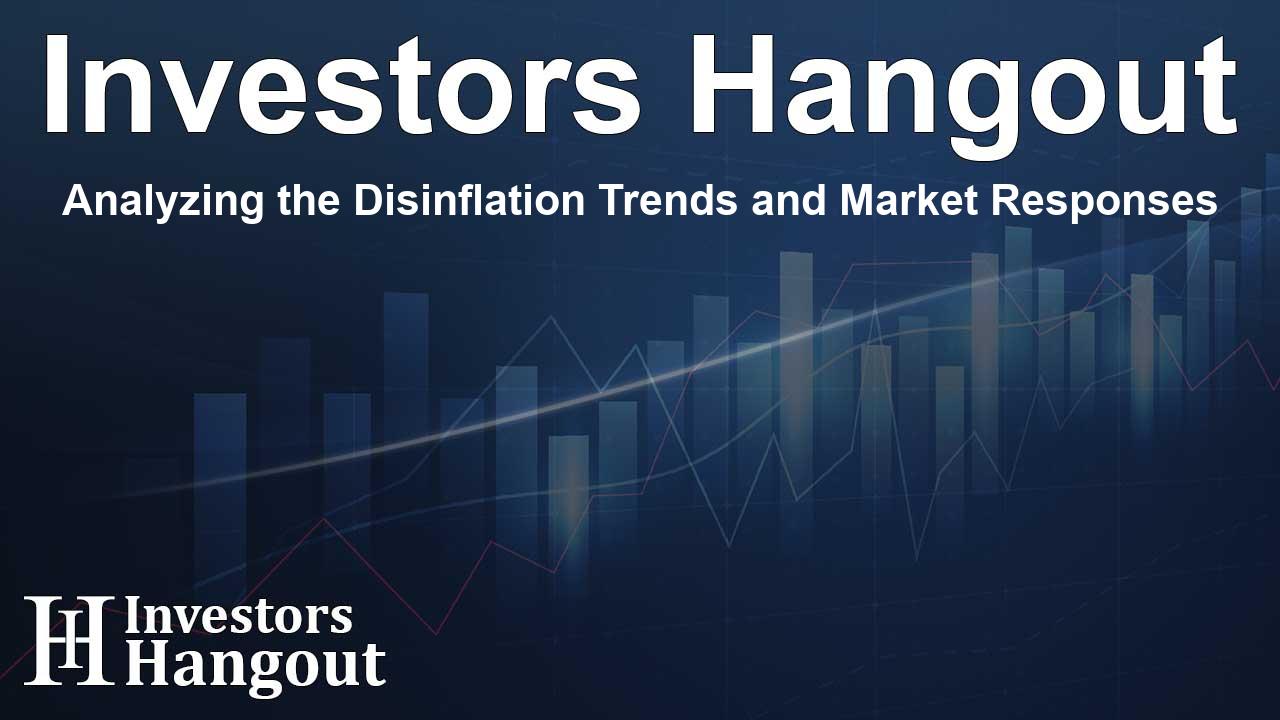Analyzing the Disinflation Trends and Market Responses

Market Overview and Global Disinflation Trends
As we navigate through global markets, a noticeable impact of disinflation is unfolding, particularly influenced by data emerging from Asia. Recent market activities reflect a downtrend, with major indexes like the Nikkei suffering significant losses. This decline is a reaction to the aftermath of payroll figures released on Wall Street, where the Nikkei has experienced a rise in downward pressure.
Reactions from Global Markets
Conversely, European equity futures are showing slight improvements, bolstered by expectations of a probable interest rate adjustment by the European Central Bank (ECB) later this week. As Treasury yields rise from their recent lows, the dollar is seeing a recovery against safe-haven currencies like the yen.
Chinese Inflation Data Insights
Recent inflation data from China painted a concerning picture, as producer prices declined by 1.8%, surpassing forecasts that anticipated a drop of only 1.4%. Meanwhile, consumer prices (CPI) saw a modest annual increase of 0.6%, predominantly driven by food prices, with other goods showing a marginal uptick of just 0.2%. This scenario brings to light the ongoing global disinflationary pressure but raises questions about the prospects for demand recovery in the Chinese domestic market.
U.S. Inflation and Federal Reserve Expectations
The upcoming U.S. Consumer Price Index (CPI) report is keenly awaited, with projections indicating a slowdown to 2.6%, a stark contrast to the peak inflation of 9.1% witnessed previously. Analysts predict a range between 2.4% and 2.6%, highlighting a cautious outlook. In the event of a lower-than-expected outcome, this could intensify discussions regarding potential interest rate cuts from the Federal Reserve.
Federal Reserve's Considerations
Despite growing expectations for a rate cut of 50 basis points, comments from Federal Reserve officials suggest a more tempered approach. There is a prevailing sentiment that easing measures should correlate closely with labor market stability, which remains to be seen in upcoming data releases.
Political Climate and Monetary Policy Impact
Entering a politically charged environment, particularly with the U.S. presidential election on the horizon, the Fed’s decision-making may face additional complexities. The coupling of monetary policy discussions with political outcomes adds layers to an already intricate economic landscape.
Key Developments to Watch
As markets continue to adjust, several key developments could further influence upcoming trends:
- The Eurozone's Sentix Index for September is expected to provide insights into investor sentiment.
- Noteworthy discussions, such as a fireside chat featuring an ECB board member, promise additional perspectives on monetary strategies moving forward.
Frequently Asked Questions
What is causing the current disinflation trend?
The disinflation trend is influenced by reduced demand, primarily evidenced by declining producer prices and minimal consumer price growth, especially in China.
How are Asian markets reacting to U.S. payroll data?
Asian markets have seen a downward trend as they absorb the implications of U.S. payroll data, with significant losses reported, particularly in the Nikkei index.
What can we expect from the upcoming U.S. CPI report?
The U.S. CPI report is expected to show a slowdown in inflation to around 2.6%, which may lead to discussions about potential interest rate cuts from the Federal Reserve.
How might political events affect monetary policy decisions?
The proximity of the U.S. presidential election adds uncertainty to monetary policy decisions, as the Fed may reconsider its options based on political outcomes.
What future indicators should investors watch for?
Investors should watch for indicators like the Eurozone's Sentix Index and comments from influential policymakers, which may signal shifts in market sentiment and monetary policy.
About Investors Hangout
Investors Hangout is a leading online stock forum for financial discussion and learning, offering a wide range of free tools and resources. It draws in traders of all levels, who exchange market knowledge, investigate trading tactics, and keep an eye on industry developments in real time. Featuring financial articles, stock message boards, quotes, charts, company profiles, and live news updates. Through cooperative learning and a wealth of informational resources, it helps users from novices creating their first portfolios to experts honing their techniques. Join Investors Hangout today: https://investorshangout.com/
Disclaimer: The content of this article is solely for general informational purposes only; it does not represent legal, financial, or investment advice. Investors Hangout does not offer financial advice; the author is not a licensed financial advisor. Consult a qualified advisor before making any financial or investment decisions based on this article. The author's interpretation of publicly available data shapes the opinions presented here; as a result, they should not be taken as advice to purchase, sell, or hold any securities mentioned or any other investments. The author does not guarantee the accuracy, completeness, or timeliness of any material, providing it "as is." Information and market conditions may change; past performance is not indicative of future outcomes. If any of the material offered here is inaccurate, please contact us for corrections.